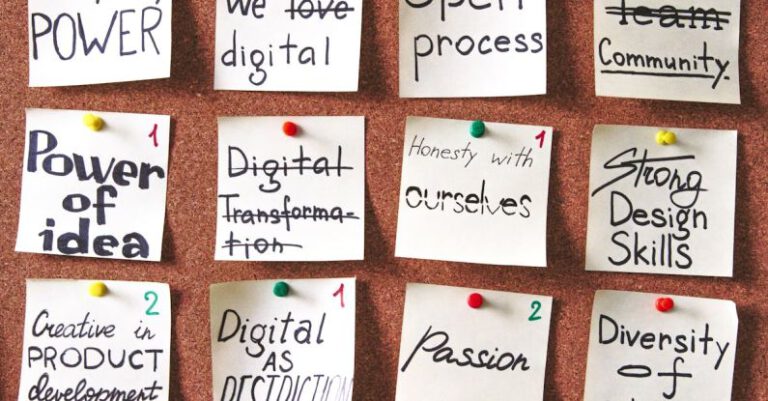What Are the Best Practices for Goal Setting in the Workplace

Setting goals in the workplace is crucial for achieving success, both on an individual and organizational level. When done effectively, goal setting can boost motivation, productivity, and overall performance. However, not all goals are created equal. To ensure that your goals are meaningful and impactful, it is essential to follow best practices that have been proven to drive results. In this article, we will explore the key strategies for setting goals in the workplace that will help you and your team reach new heights of success.
**Align Goals with the Company’s Objectives**
One of the fundamental best practices for goal setting in the workplace is to ensure that individual goals are aligned with the overall objectives of the company. When employees understand how their goals contribute to the organization’s success, they are more likely to be motivated to achieve them. By setting goals that are in line with the company’s mission and vision, employees can see the bigger picture and feel a sense of purpose in their work.
**Make Goals Specific and Measurable**
Setting vague or ambiguous goals can lead to confusion and lack of direction. To increase the likelihood of goal attainment, it is essential to make goals specific and measurable. Instead of setting a goal to “increase sales,” for example, a more effective goal would be to “increase sales by 10% in the next quarter.” By clearly defining what success looks like and establishing metrics for tracking progress, employees can stay focused and motivated to achieve their goals.
**Set Realistic and Achievable Goals**
While it is important to challenge employees to strive for excellence, setting unrealistic goals can have a demotivating effect. Goals that are too far out of reach can lead to feelings of frustration and defeat. To prevent this, it is crucial to set goals that are realistic and achievable within a given timeframe. By breaking down larger goals into smaller, manageable milestones, employees can make steady progress and stay motivated along the way.
**Provide Regular Feedback and Support**
Goal setting is not a one-time activity but an ongoing process that requires continuous feedback and support. Managers play a critical role in providing guidance, encouragement, and constructive feedback to help employees stay on track towards their goals. Regular check-ins and performance reviews can help identify any obstacles or challenges that may be hindering progress and allow for adjustments to be made as needed.
**Celebrate Achievements and Milestones**
Recognizing and celebrating achievements, no matter how small, is essential for maintaining motivation and morale in the workplace. When employees reach a milestone or accomplish a goal, it is important to acknowledge their hard work and dedication. Celebrating successes not only boosts morale but also reinforces a culture of achievement and excellence within the organization.
**Reflect and Adjust Goals as Needed**
Goal setting is a dynamic process that requires flexibility and adaptability. As circumstances change and new opportunities arise, it may be necessary to reflect on existing goals and make adjustments as needed. By regularly reviewing progress, evaluating outcomes, and reflecting on lessons learned, employees can refine their goals to ensure they remain relevant and aligned with the evolving needs of the organization.
**Encourage Collaboration and Accountability**
Effective goal setting is not just an individual endeavor but a collaborative effort that involves the entire team. Encouraging open communication, sharing goals, and supporting each other’s progress can foster a sense of camaraderie and accountability. By working together towards common objectives, employees can leverage each other’s strengths, overcome challenges, and achieve greater success as a cohesive unit.
**In Summary**
Setting goals in the workplace is a powerful tool for driving performance and achieving success. By following best practices such as aligning goals with the company’s objectives, making goals specific and measurable, providing regular feedback and support, celebrating achievements, and fostering a culture of collaboration and accountability, organizations can create a roadmap for success that inspires and motivates employees to reach their full potential. By implementing these strategies, you can set yourself and your team up for success and propel your organization towards new heights of achievement.





